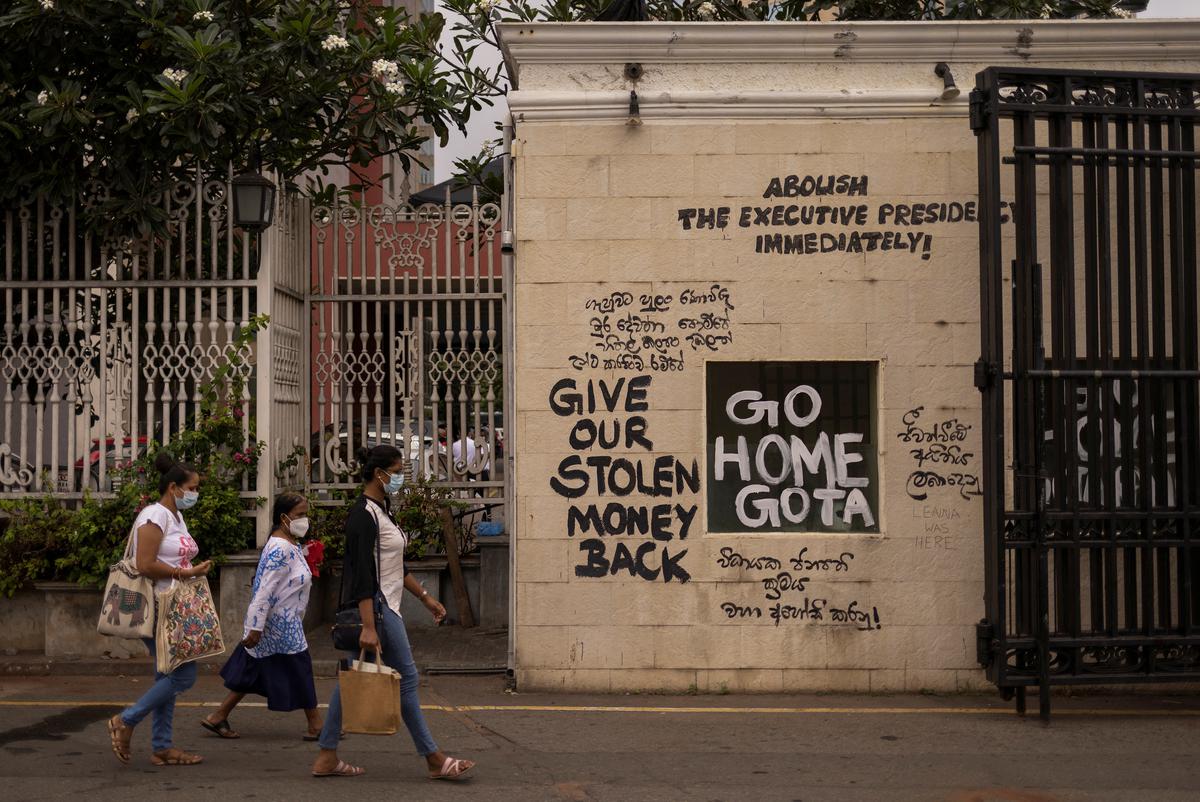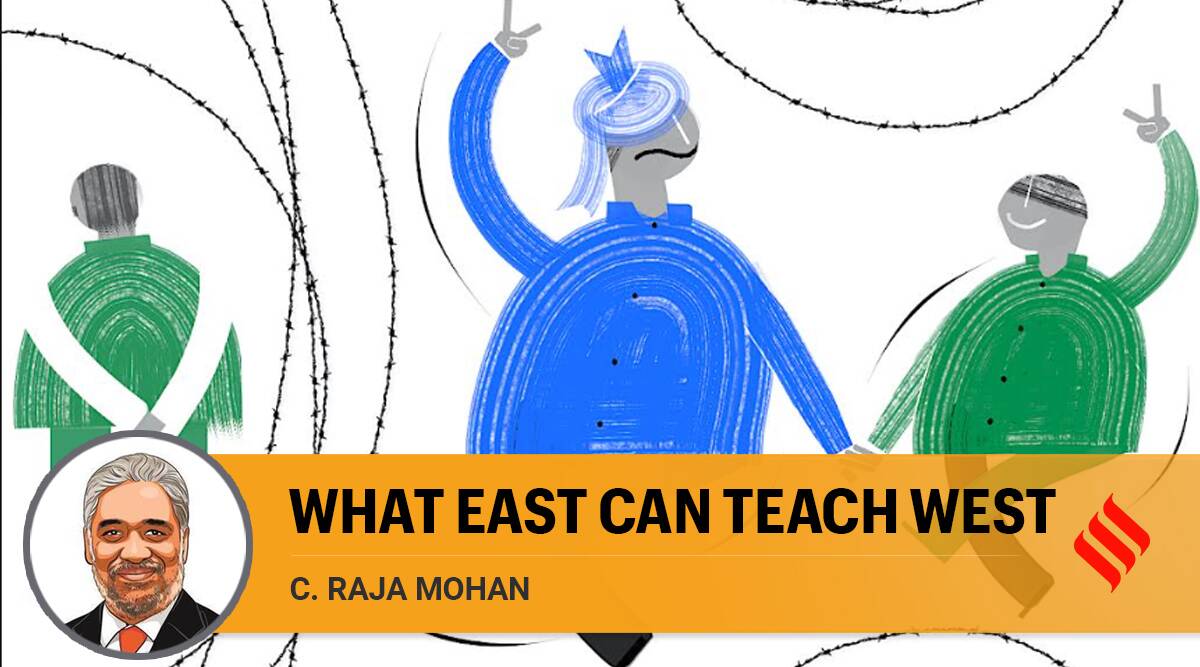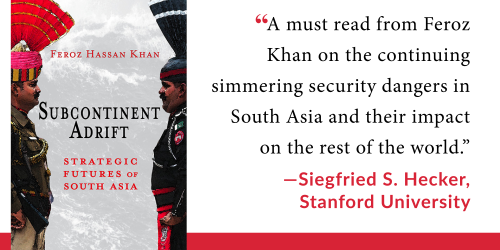In Sri Lanka’s Deepening Crisis, Lessons for Divisive Domestic Politics
EPC
APLN member C Uday Bhaskar, Director of the Society for Policy Studies (SPS), New Delhi, wrote for the Emirates Policy Center on the domestic turmoil in Sri Lankan politics, and the implications for South Asia. Read the original article here.
The unprecedented Sri Lankan crisis has deepened. Acting President Ranil Wickremesinghe, also the Prime Minister, has imposed a state of emergency to contain the citizen-led protests boiling over in anger and frustration at the colossal political failure that has engulfed the island nation of 22 million. Military vehicles and troops are patrolling the streets of Colombo, and the acting President has warned of fascist forces that must be kept at bay.
What began in mid-May with then PM Mahinda Rajapaksa having to escape in a military helicopter has played out again – this time with the younger Rajapaksa – President Gotabaya leaving the island nation in a military aircraft, to the Maldives, in the early hours of Wednesday (July 13). It is believed that the much-reviled Gotabaya has since left the Maldives for Singapore, and has sent in his resignation letter, thereby assuaging the anger of the protesting citizens. What is germane is the ignominious manner in which a democratically-elected leader had to flee his country, shrouded in darkness. The metaphor could apply to the current situation in Sri Lanka.
Sri Lanka is in a dangerous limbo, and there is a suspended political-cum-constitutional stalemate. Prime Minister Wickremesinghe is functioning in an acting capacity, and there is no consensus among the major political parties about their plan of action to deal with the crisis. The citizen-led demand is apparent that the current political class stands discredited and must step aside, paving the way for a fresh start to the political compact in the country.
This is a collective aspiration of a disillusioned and now energized population that has endured three years of domestic turbulence and austerity exacerbated by the terror attack on a church (2019), the Covid-19 pandemic, and its socio-economic fallout (2020), and now the war in Ukraine (2022).
These developments, further compounded by the ineptitude and cronyism of President Gotabaya Rajapaksa, have led to a financial meltdown of the national exchequer. Prices have skyrocketed, and a painful food/fuel shortage has drastically impacted everyday life for the average citizen. A fresh election is the way ahead but starting with an untainted set of political representatives will be elusive, and a modus vivendi will have to be forged.
With an external debt amounting to almost US$ 51 billion and no reserves, the country is on the brink and has sought assistance on an emergency footing. India has provided a credit line for food, fuel, and medicines amounting to US$ 3.8 billion, and international lending agencies such as the IMF are waiting for political stability and a credible government to emerge. On current evidence, this seems to be unlikely soon.
Ethno-Linguistic and Majoritarian Politics
Sri Lanka, which till recently was praised for its impressive socio-economic indicators and human security index, has been scorched by its divisive domestic politics over the last decade. The country’s current woes can be related to a toxic and tenacious pursuit of ethno-linguistic and majoritarian politics going back to the mid-1950s.
Emerging as an independent nation in 1948 after British colonial rule ended, the demographically dominant Sinhala community sought to redress what it saw as the historical injustice meted out to them for over a century of the colonial period. As a result, the country witnessed a higher percentage of local Tamil-speaking citizens represented in the various institutions of state and society.
Progressively the minorities (primarily of Tamil origin and Muslim citizens) were treated step-motherly by the dominant Sinhala-Buddhist leadership. This culminated in the long-drawn civil war with the more militant Tamil groups, the most prominent being the Liberation Tigers of Tamil Eelam (LTTE), designated as a terrorist organization by the United Nations.
This bloody war began in July 1983 and ended in 2000. The victory was achieved by the resolute (critics describe it as ruthless and inhumane) tactics adopted by the Sri Lankan military with the political backing of then-Defense Secretary Gota Rajapaksa. His brother Mahinda was the President for a decade, from 2005 to 2015. The LTTE was eliminated militarily, and the Tamil yearning for equitable and empathetic governance was jettisoned by Sinhala triumphalism.
This was when Colombo developed a closer relationship with China, investing in its Xi Jinping-led Belt and Road Initiative (BRI) and Sri Lanka had an important locus in this ambitious project. Several major infrastructure projects received Chinese funding, and the poster boy was undoubtedly the Hambantota port (also the Rajapaksa clan home base) in the country’s south.
Hambantota is located astride the busy shipping routes connecting the oil-rich Gulf to the Malacca Strait. The Rajapaksa brothers (one brother Basil was the finance minister) prioritized grandiose mega projects, including airports, tall towers, sports complexes, exclusive economic zones, and more. However, the debt servicing burden mounted for the many loans taken at commercial rates. While the details of Chinese loans remain opaque, it has been reported that from 2000 to 2020, China reportedly extended almost US$ 12 billion as loans for infrastructure projects. It has recently added US$ 3 billion as debt through credit lines.
However, Beijing has been relatively low profile in responding to the Sri Lanka crisis. China is unlikely to either reduce the loan burden for Colombo or provide significant financial aid as this is not the Chinese template many developing nations in Asia and Africa have experienced.
The Regional Security Perspective
For India, the strategic consequences of continued instability in Sri Lanka are multi-layered. Lankan governments have sought New Delhi’s assistance since the Nehru era. While this has often been kept below the radar, playing the India card is part of domestic politics in the island nation. When Rajiv Gandhi was the Prime Minister (1984 -89), India burnt its fingers when it sent its troops as part of an Indian Peace Keeping Force (IPKF) to the island to help Colombo manage the war against the LTTE. An LTTE sympathizer later assassinated Rajiv Gandhi.
The region already has Afghanistan reeling from multiple challenges after the hasty US withdrawal. Nepal and Myanmar are dealing with complex internal challenges. The recovery process for Sri Lanka will be a long haul, and patiently enabling Colombo to regain its internal stability will be a challenge for India, China, and Japan. These three major Asian countries have also supported and aided the beleaguered nation.
It is unlikely that the Colombo crisis will spread or have a ripple effect regionally. However, an underlying policy lesson needs to be objectively reviewed by the more capable nations of the international community. Divisive and venal domestic politics that thrive on authoritarianism, cronyism, and corruption will have serious security consequences, human security in the first instance, which could dilute the efficacy of the state itself.
Ongoing events in Sri Lanka are illustrative. The Covid-19 effects and the war in Ukraine will cause even more intense food and fuel scarcities, and this will be felt from Europe and across the globe to Asia and Africa. How to prevent another Sri Lanka should be on top of the forthcoming G-20 summit in November.




